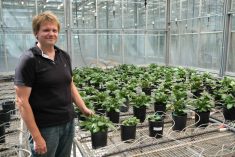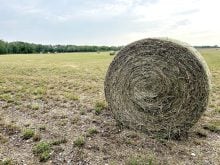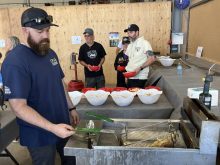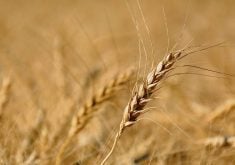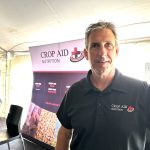Beneficials Many of the bugs that you find in a sweep net might be good ones who are eating the bad ones
Spider-Man, Superman, Batman, Wonder Woman — all superheroes, but if you’re a farmer, so is Copidosoma bakeri, says Jeremy Hummel, a soil sciences instructor at Lethbridge College.
Hummel told an audience at Farm Tech that farmers should add that tiny wasp to their superhero list for its work in fighting cutworms.
Hummel’s presentation was on beneficial insects, which include pollinators, decomposers and other ecosystem functions, but he focused on “natural enemies” which attack other insects in the field.
He said natural enemies can be divided into two classes — predators and parasitoids. Predators actively hunt and feed on other insect species. Parasitoids, not to be confused with parasites, are insects that feed in or on the host and remain with it for their life cycle. When parasitoids leave the host, the host dies. Parasites, on the other hand, do not kill a host when they leave.
Read Also
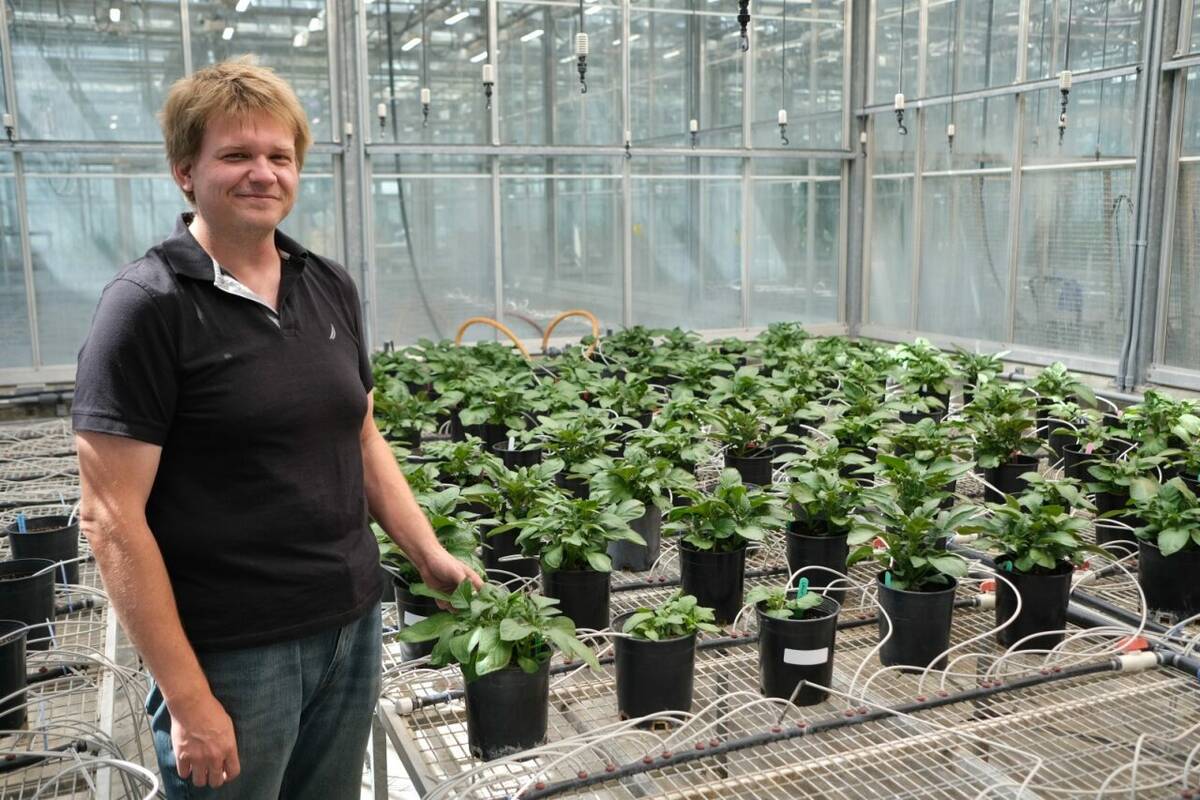
Hail research hopes to benefit potato growers
Alberta research scientist measures hail storm and heat dome affects on potato crops
Hummel said many don’t understand the importance of beneficial insects to agriculture. In order to help his audience identify some beneficials, he went through a sweep sample of insects found in a barley silage field in southern Alberta.
Ditches and shelterbelts add diversity to the agricultural landscape, benefiting natural enemies, Hummel said. Even a small portion of field can hold a diverse population of natural enemies, each which will do something that is just a little bit different.
“It’s not as if they have the same insects that they’re targeting or have the same ways of destroying other insects. Each one of those species has their own story,” Hummel said.
Superhero spotlight
Hummel highlighted one beneficial in particular — Copidosoma bakeri, which attacks cutworms. At least seven different types of cutworms attack crops. The biggest cutworm pest in Alberta last summer was the red-backed cutworm. Another was the glassy cutworm, which attacks grassy crops.
Copidosoma bakeri is less than a millimetre long, and is one of the most common and most important parasitoids of cutworms in Western Canada. The female lays a single egg inside a cutworm. This embryo splits hundreds or thousands of times, and more than 1,000 offspring are born from a single egg. The parasitoid is capable of laying hundreds of eggs and infecting hundreds of cutworms. While multiplying inside, the parasitoid modifies the behaviour and the biology of the host.
The parasitoid goes through a number of moults, pupates and then becomes an adult wasp. Through this process, the parasitoid adds an extra larval growth stage to the cutworm, actually making it bigger.
“In order to get 1,500 little wasps coming out, you need to have a really big cutworm,” said Hummel. “By adding a whole other developmental stage or step to the cutworm’s life, the cutworm can get a whole lot bigger than it otherwise normally would,” he said. “Basically the wasp modifies its host to produce as many offspring as it can out of a single cutworm.”
Hummel said the parasitized cutworms do eat substantially more plant material and can do more damage to a crop, so the wasps aren’t a control method in a year when there a lot of cutworms.
“In a heavily infested year, it might not be a good thing to have a heavy parasitism rate from a producer standpoint, because there will be lots of damage,” he said.
“Other pest-management plans need to be in place — when it’s time to spray, it’s time to spray.”
However, the parasitoids are useful in keeping cutworms in check in the down parts of their cycle.
“In the field, natural enemies are normally maintaining low pest populations,” he said. “Cutworms do come in outbreak cycles where we get a couple years where there are lots of reports and lots of damage and then a period of time when they just disappear.”



